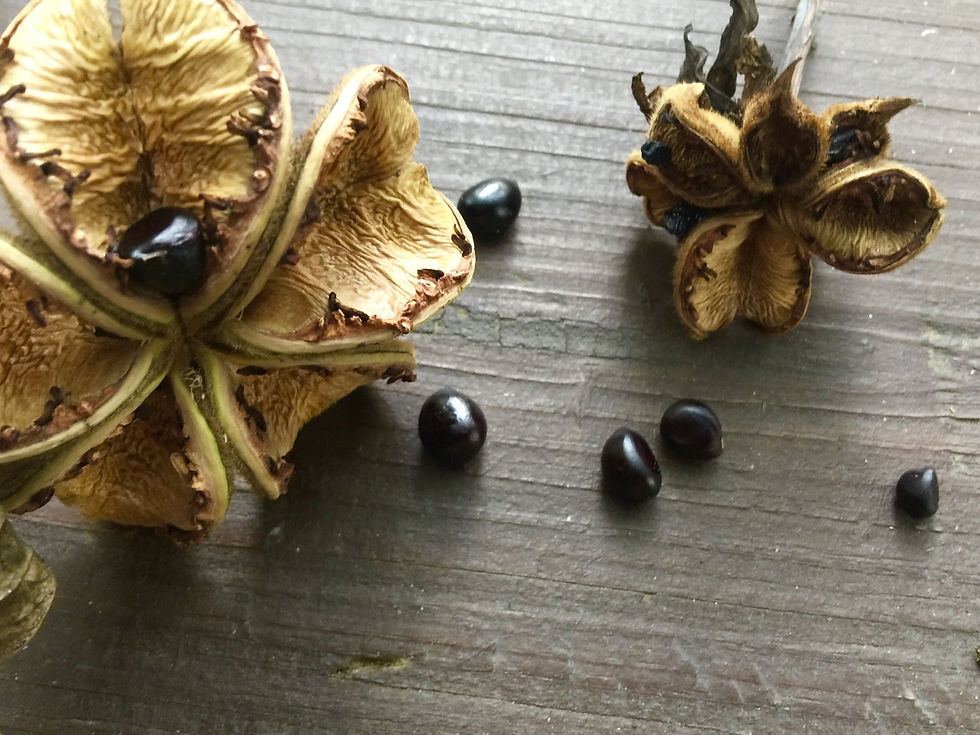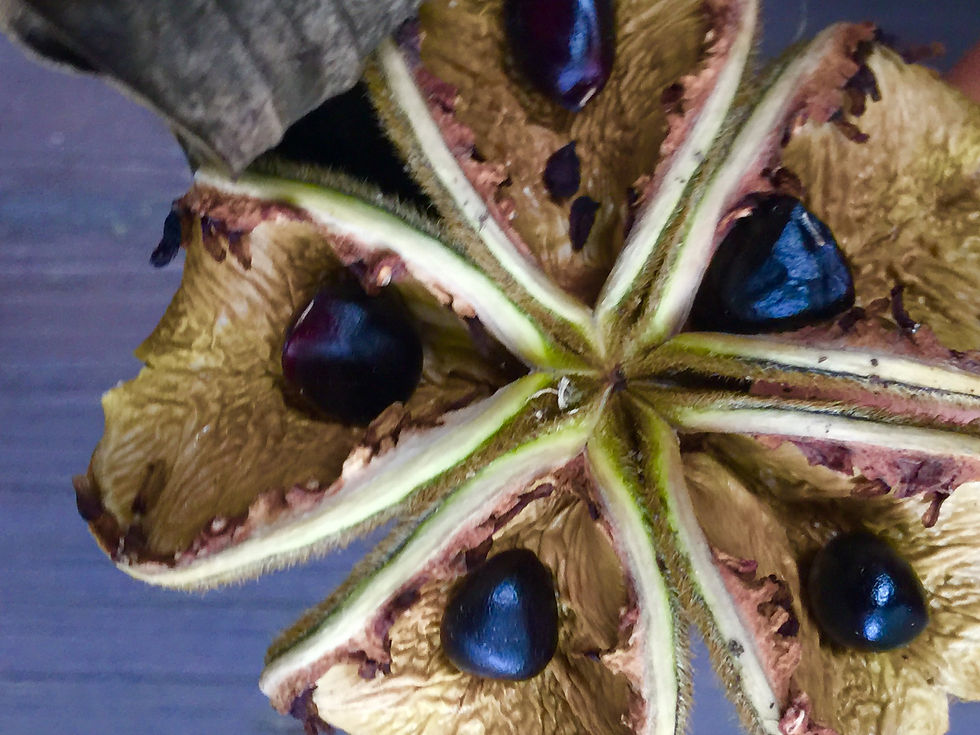Botanist's Lens: Propagate, "Causing of Plants to Reproduce"
- Meenal Harankhedkar, Director of Horticulture
- Aug 16, 2019
- 3 min read

One of the newest volunteer groups in the horticulture department is the 'plant propagation' group that meets every Friday to experiment and start new plants with seeds, cuttings and leaf samples. Currently they are busy propagating: Rhododendrons, Azaleas, Tree Peonies, Primulas, and some other perennial plants.
Propagate, "causing of plants to reproduce" by seed stratification, cuttings, air-layering, scarification, is much easier than it sounds. In fact, did you know that for propagating seeds and cuttings of Rhododendrons and Azaleas, you don’t even need a greenhouse? Quart size garden pots with clear plastic bags around them can act as miniature greenhouses, and also half open milk jugs can be used for seed/cuttings propagation. When plant materials being used for propagation are at the right growth stage, the success rate exponentially increases.

Mid-summer to early fall is sometimes an ideal time to collect seeds. Seed desiccation, disease onset, and optimum ripening of seeds are a few factors crucial to recognize before you collect seeds. Featured are pictures of tree peony seeds after they have naturally ripened and are ready to be naturally dispersed by the plant. You want to collect seeds when they are at a stage that the parent plant is ready to disperse/drop off the seeds naturally. Collecting too early or too late will not ensure healthy reproduction.
For eg., if you look closely, one of the pictures shows two seeds: the one on the left is ready to start its dormancy stage and the one on the right looks dehydrated and desiccated. If the seeds look shriveled up and smaller in size than the rest of the seeds, then that's a sign of premature ripening. Those seeds won't germinate.

Same for cuttings. You want to make sure they are at the right growth stage, and there is some hardwood on the stems you are collecting. One of the easiest ways to try growing plants from stem cuttings is by soaking the base of a "hardwood stem;" cutting it in water and keeping it in a location that gets direct sunlight through glass. Mason jars filled with water are excellent for trying rose cuttings. You will also notice one of the pictures is of a Basil cutting showing new roots. No root hormone used, no greenhouse, I tried this in a mason jar next to glass window that got direct afternoon sunlight. Instant gratification, new roots set on within 10 days!

If you collect seeds, get the ones that are ready to be dispersed naturally by the parent plant. Store them in a dry location till you are ready to propagate. Brown paper bags in a cold location will do just fine. Or you could stick the seeds in some peat moss in a zip lock bag in the freezer and bring it out in a few months and plant them outdoors to give the cold to hot shock treatment to wake up the seeds form dormancy.
Dormancy is a natural way of plants to protect the seeds till they can naturally be ready to germinate. What breaks dormancy naturally and how can you surpass it to speed fast seed growth? Find out in next week’s post! For now, enjoy the beautiful tee peony seed pictures, Basil roots and the milk jug "miniature greenhouse" picture shared by Jean McCarthy, one of our University of Maryland Master Gardener volunteers. Our Master Gardener volunteer group is not only working hard to propagate plants for London Town for the purpose of conservation, but also for sharing plants from London Town at future plant sales.




Comments